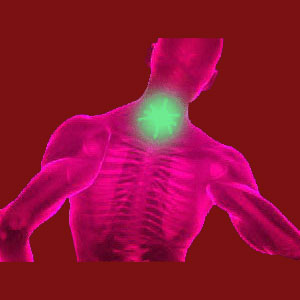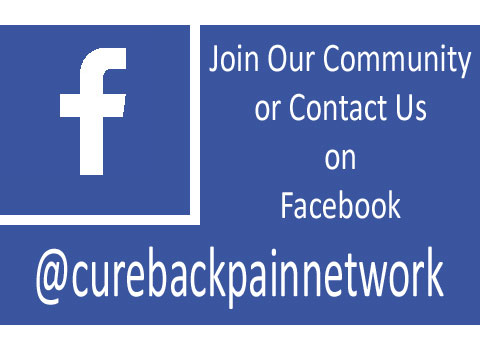
Do you need some expert facet joint pain advice in order to better understand your diagnosis and treatment options? We can help! Learn everything you need to know about facet joint syndrome and make informed decisions about your care.
There are more options now than ever before when it comes to back and neck pain therapy. There are so many treatments for facet joint pain available and the overwhelming number of choices can make patients very confused and fearful of making the wrong decision. Should you try physical therapy, chiropractic or massage? Will drugs or injections provide better pain relief results? Maybe surgery is the optimal therapeutic path…
This patient guide helps you to understand some crucial facts concerning facet joint pain and will provide help in making the most important decisions in your treatment process.
Facet Joint Pain Advice Regarding Anatomy
It is vital to completely understand that the spinal structures degenerate as a normal part of life. The facet joints are no exceptions to this rule and generally demonstrate marked and obvious structural deterioration by the age of 30 to 40. Some people will demonstrate more severe degeneration at the same age, while others may demonstrate similar stages of deterioration earlier in life.
There is nothing inherently pathological about facet joint deterioration and although everyone has it, only some people will develop symptoms. Most facet joint aging will be asymptomatic or only cause the type of mild occasional aches and pains common to advancing age.
Do not allow any care provider to tell you that your spine is in any way different than normal simply because you have facet joint degeneration. Everyone has it and only a small percentage of people will ever suffer pain from it…
Advice Regarding Facet Joint Diagnosis
The diagnosis of facet joint pain should never be made simply because structural degeneration of the joints was observed during imaging studies. Instead, a comprehensive evaluation of the condition must be performed, including symptomatic correlation by expression, severity, location and triggers for pain. A thorough diagnostic workup will help to minimize the chances of suffering misdiagnosis of incidental facet joint changes as the source of pain.
Patients are cautioned that misdiagnosis remains their most frequent impediment when it comes to curing back or neck pain. The vast majority of chronic pain is mistakenly blamed on coincidental structural issues caused by aging, which explains why chronic pain has become such a huge problem in the modern medical arena.
If your facet joints have been blamed as the source of pain, then make sure that the diagnosis makes sense by reading and understanding our section covering the causes of facet joint pain.
Facet Joint Pain Advice Regarding Treatment
If your diagnosis is sound and you do require treatment, then you must first make the choice between symptomatic care and curative care. Symptomatic care will reduce pain and improve functionality in the best case scenario, but will never provide an end to the pain. Meanwhile curative care seeks to resolve the underlying source of suffering, ending pain for good. However, most curative care is surgical in nature, which can be a frightening proposition for patients to consider.
Symptomatic care comes in many forms including medical and complementary medical modalities. Physical therapy, exercises, chiropractic, massage, acupuncture and other forms of treatment are all nonsurgical and symptomatic in focus. Drug therapies and injections are also deemed to be symptomatic care and constitute the most common therapeutic paths, despite their incredible dangers. Even some surgeries that target nerves in and around the facet joints are symptomatic in nature, such as various facet joint nerve ablation techniques that may relieve pain, but do nothing to change the anatomical source of pain.
Curative care can be achieved using a diversity of facet joint surgery techniques that can remove problematic osteophytes and improve structural joint function. However, in some cases, nonsurgical spinal decompression can cure facet joint pain for good, as well, without any invasive care.
Since misdiagnosis is a major problem, we would be remiss in not mentioning the effectiveness of knowledge therapy for chronic facet joint pain, since this treatment does provide the very best statistical results. If there is any doubt about the diagnosis being correct, we always recommend this therapeutic path first since it works well, has no risks and will save patients from more expensive and hazardous care in many cases.
Facet Joint Pain > Facet Joint Facts > Facet Joint Pain Advice





